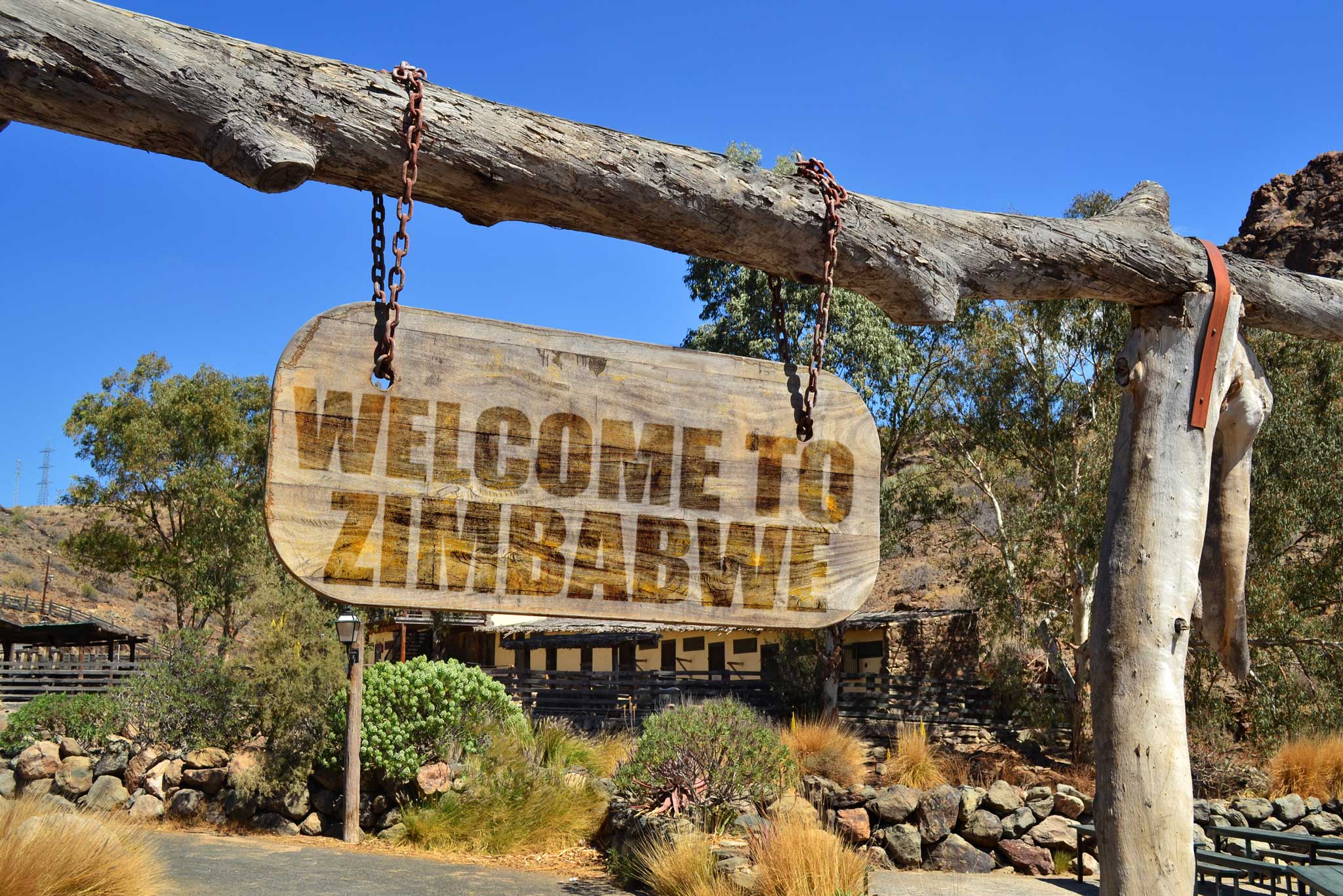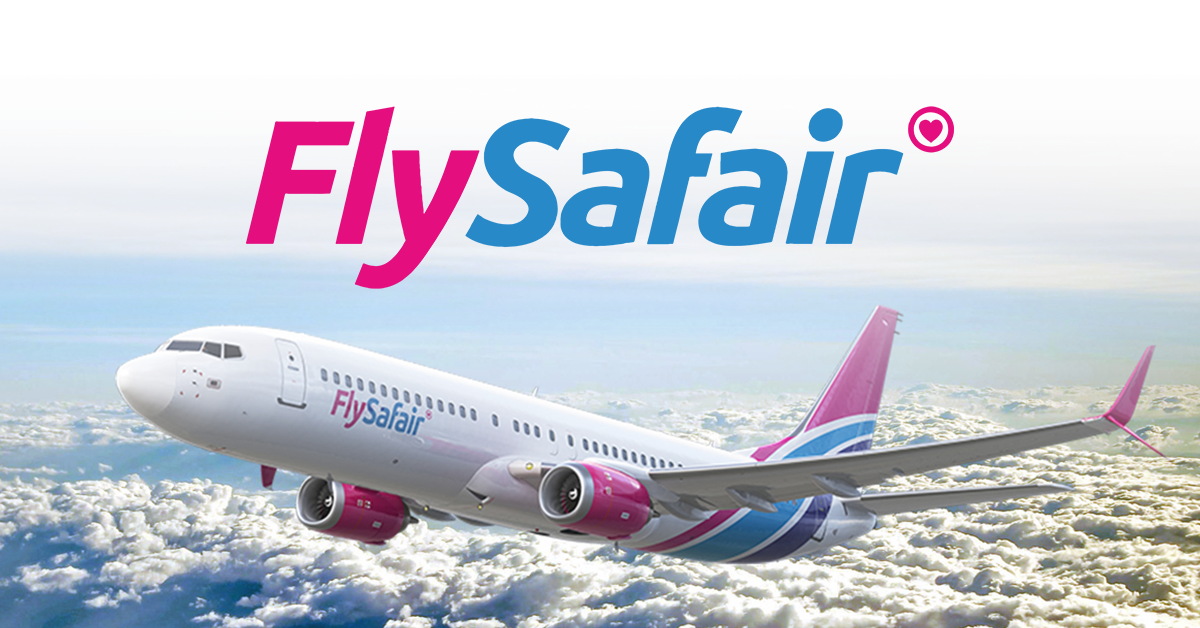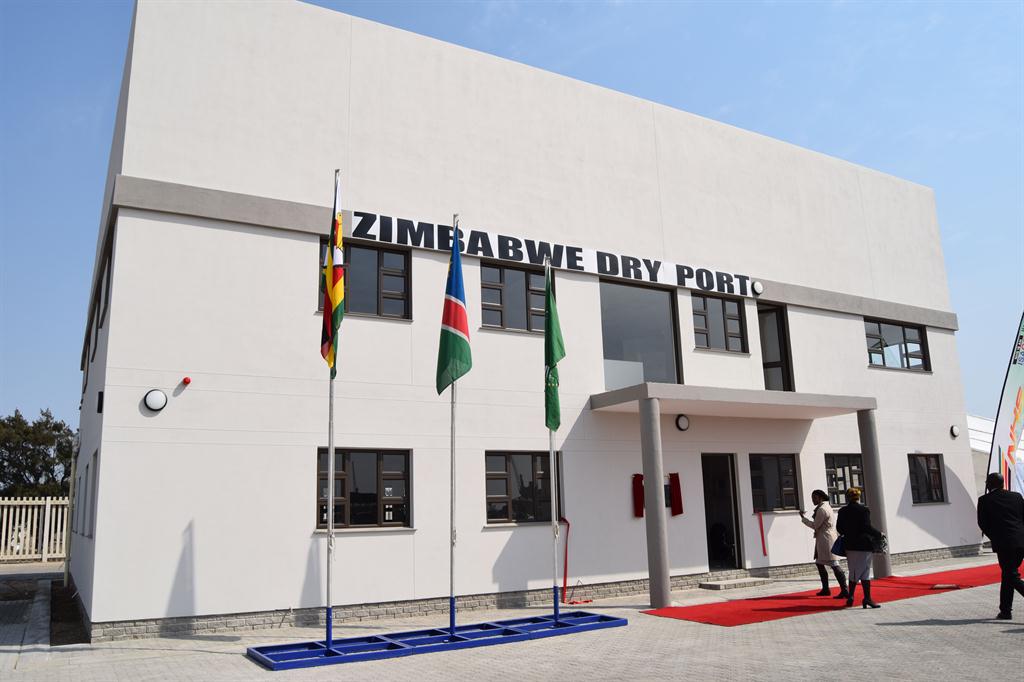Exporters urged to exploit benefits of Walvis Bay
Apart from being hassle free, the Walvis Bay port route also cuts down transport costs because the distance from Zimbabwe is shorter than other shipping gateways.
Oliver Kazunga-Senior Business Reporter
LOCAL exporters should utilise the Walvis Bay Dry Port in Namibia to enjoy economies of scale presented by that route as trade under the African Continental Free Trade Area (AfCFTA) grows, an official said yesterday.
The AfCFTA, to which Zimbabwe is signatory was operationalised on January 1, 2021, making historic strides towards continental economic integration.
Zimbabwe has deposited its instrument of ratification expected to pave the way for the country’s full participation in the estimated US$3,4 trillion trading bloc and continent wide market of about 1,3 billion people.
In an interview, Shipping and Freight Forwarders Association of Zimbabwe (SFFAZ) chief executive officer Joseph Musariri said in light of the AfCFTA, Zimbabwean exporters need to tap into the opportunities being presented by the Walvis Bay Dry Port, which the Government has established.
In 2019, President Mnangagwa commissioned the Walvis Dry Port to provide a strategic and cheaper gateway to the Atlantic Ocean for goods destined especially for West Africa, Europe and the United State of America using ocean cargo services.
“At the moment, local exporters are not utilising the Walvis Bay Dry Port as effectively and efficiently as we thought they would when that facility was established.
“People prefer to use the Indian Ocean route compared to the Walvis Bay.
“As an association, we are trying to promote the utilisation of the Walvis Bay route especially taking into account of the existence of the AfCFTA, which allows intra-Africa trade meaning that Zimbabwean exporters can now easily export their goods destined for West African countries and to Europe in countries such as the UK and America hassle free,” he said.
“When exporting to West Africa using the Walvis Bay route, the distance is much shorter compared to using the Indian Ocean, which at the moment is being predominantly used by local exporters.
“Apart from being hassle free, the Walvis Bay route also cuts down transport costs because the distance is shorter.”
With the AfCFTA now operational, the projected impact of the trading bloc on the national economy cannot be overemphasised and thus the continental free-trade area is a significant milestone towards improving Zimbabwe’s exports into the rest of the region.
Last year, Zimbabwe’s exports reached a record high of US$6,03 billion which was a 37,3 percent increase compared to US$4,39 billion recorded in 2020.
The ratification of the AfCFTA entails that the Government has created a platform for the private sector to look at trading with 54 other countries on the continent.
In this context, the private sector needs to embark on strong market intelligence taking advantage of the Second Republic’s economic and trade diplomacy.
In addition, the national trade development and promotion agency, ZimTrade was involved in trade missions to gather data about the different export markets after which findings on the surveys are disseminated to the existing and prospective exporters.
For instance, last week ZimTrade hosted a market dissemination seminar in Harare focusing on the United Kingdom and Ghana after conducting the surveys for the two markets in May this year.
At the seminar, ZimTrade chief executive officer Mr Allan Majuru said his organisation in its endeavour to diversify exports markets as well as taking advantage of the AfCFTA, they targeted Ghana, which is in West Africa and this was their first time to explore that part of the continent.
“The market (Ghana) is a non-traditional market for Zimbabwe as we have not traded with each other in any meaningful way.
“We hope this initiative will assist us to improve the trade figures between our two countries which currently are miniscule,” he said, adding that Zimbabwe’s exports to Ghana have been averaging below US$10 000 for the past five years while imports averaged just over US$500 000 per annum.
Exporters at the seminar who spoke to this paper at the end of the seminar said they would use the information gathered to explore the markets that have been presented to them by ZimTrade.
“We have learnt on how to export to Ghana and we are still learning more, so as a company we are looking at the achievements of exporting using the Walvis Bay corridor. Currently, we are into corporate wear for the mining and industrial sectors, and are exporting to Zambia and DRC (Democratic Republic of Congo) so we’ll consider penetrating the West African market,” said a marketing executive Ms Marry Kativhu with one of the Harare-based clothing manufacturers.-herald.co.zw










